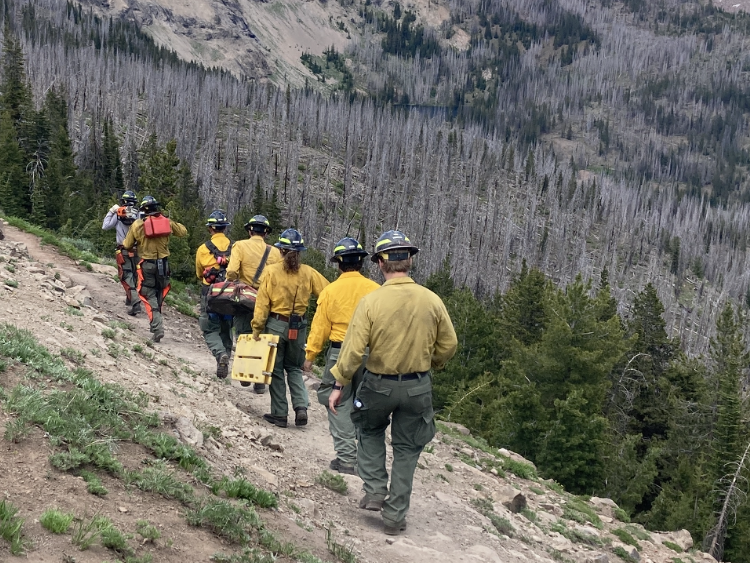Our View: Protecting farmland should be a state priority
Published 7:00 am Thursday, July 27, 2023

- An aerial view of a field of solar panels in farmland.
Despite opposition from local officials and residents, a South Korean company is looking to the Oregon Energy Facilities Siting Council to approve a solar energy facility that it wants to build on 2.5 square miles of productive farmland.
The developer hopes to build a facility that will accommodate sheep grazing and energy production. While we appreciate the attempt to keep a farming component to the facility, we are not convinced that this is the best agricultural use of the property.
Hanwha Qcells USA Corp. is the developer of the Muddy Creek Energy Park. The name suggests a public space with playgrounds, hiking trails and picnic tables.
The developers of the Muddy Creek project don’t plan to build a park. According to the Department of Energy, the project would include row upon row of photovoltaic panels in 8-by-4-foot modules. The modules would rotate to follow the sun, and would rise up as high as 12 feet above the ground.
If built, Muddy Creek Energy Park would produce 199 megawatts of electricity. It would also include a 199-megawatt battery and require a half-mile-long transmission line to connect it with the grid.
The project seeks to combine “solar panels with sheep ranching and native plants” to generate power for about 34,000 homes.
“This ‘dual use’ allows continued farming, creates flexibility for farmers, contributes to the local tax base, and produces clean energy all while keeping farmland in use and in families,” said Brian Tran, development manager for the company.
Muddy Creek Energy Park would be built on 1,588 acres now zoned for exclusive farm use near Brownsville. Today, hay, ryegrass and other assorted crops are grown on the site.
The company says that it has agreements to lease the land from its current owners, who we assume are taking an offer that’s better than a potential return from raising crops.
Who could blame them?
Sheep grazing is farming. But while grazing alongside photovoltaic panels has been proven by Oregon State University as a concept, it hasn’t been studied enough to project its long-term viability.
Without considering the value of the energy produced, the land’s current farm revenues from crops would be greater than what will be realized from sheep production.
Nonetheless, dual usage is an interesting concept. Putting solar cells on land currently used for grazing could provide farmers a new revenue stream while maintaining some production.
But it would be far less than was originally the case, and that’s the problem.
Farmland is a finite resource. Once paved over or contaminated, it can’t be recovered. It should be left in place and protected.
Preserving farmland must be a priority.
Farmland is too often seen as empty space awaiting development. But farmland is not empty. It provides the food that sustains us and the fiber that clothes us.
It is a vital strategic resource, and should be treated as such.
The production of food and fiber should be a priority at least equal to the siting of alternative energy facilities.









